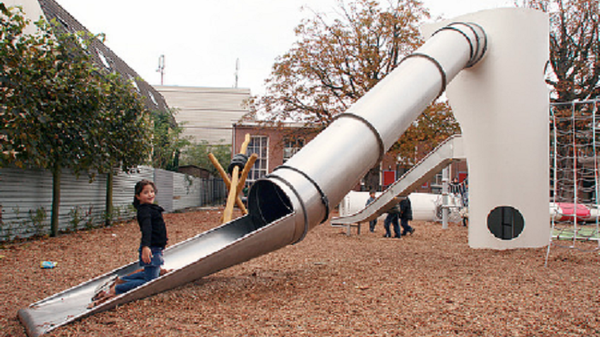Overview
Since setting up in Rotterdam in 1997, Superuse Studios have been leading the way when it comes to sustainable architecture and design - both interior and exterior. Their portfolio includes a children's playground made out of old windmills, a contemporary art space that was once a shipping yard and a residence constructed entirely of recycled materials.
Superuse are currently showcasing their latest designs at London's Architecture Foundation, where they'll be hanging about until July 31st. Some of their most recent developments have arisen from collaboration with students at the Royal Academy of Art at the Hague. Founder Jan Jogert has told The Guardian, the aim is to 'identify and connect available flows in the urban ecosystem.'
One success story is that of GRO Holland, a project that involves recycling the 98.8% of produce wasted in the coffee-making process. Left-over grounds are gathered from cafes and blended with spores from oyster mushrooms, then cultivated in a dark, warm place. The resulting fungi are sold back to the cafes, while the waste produced goes to local tulip farmers. Superuse are also about to embark on the construction of a visitors' centre, which will again feature mushrooms and coffee grounds, this time as insulation.
'It is only through transparency that things will change,' Jongert says. 'The idea of connecting these disparate flows will become a big part of the economy. It will have to happen – we have no other choice.'
[Via PSFK]
